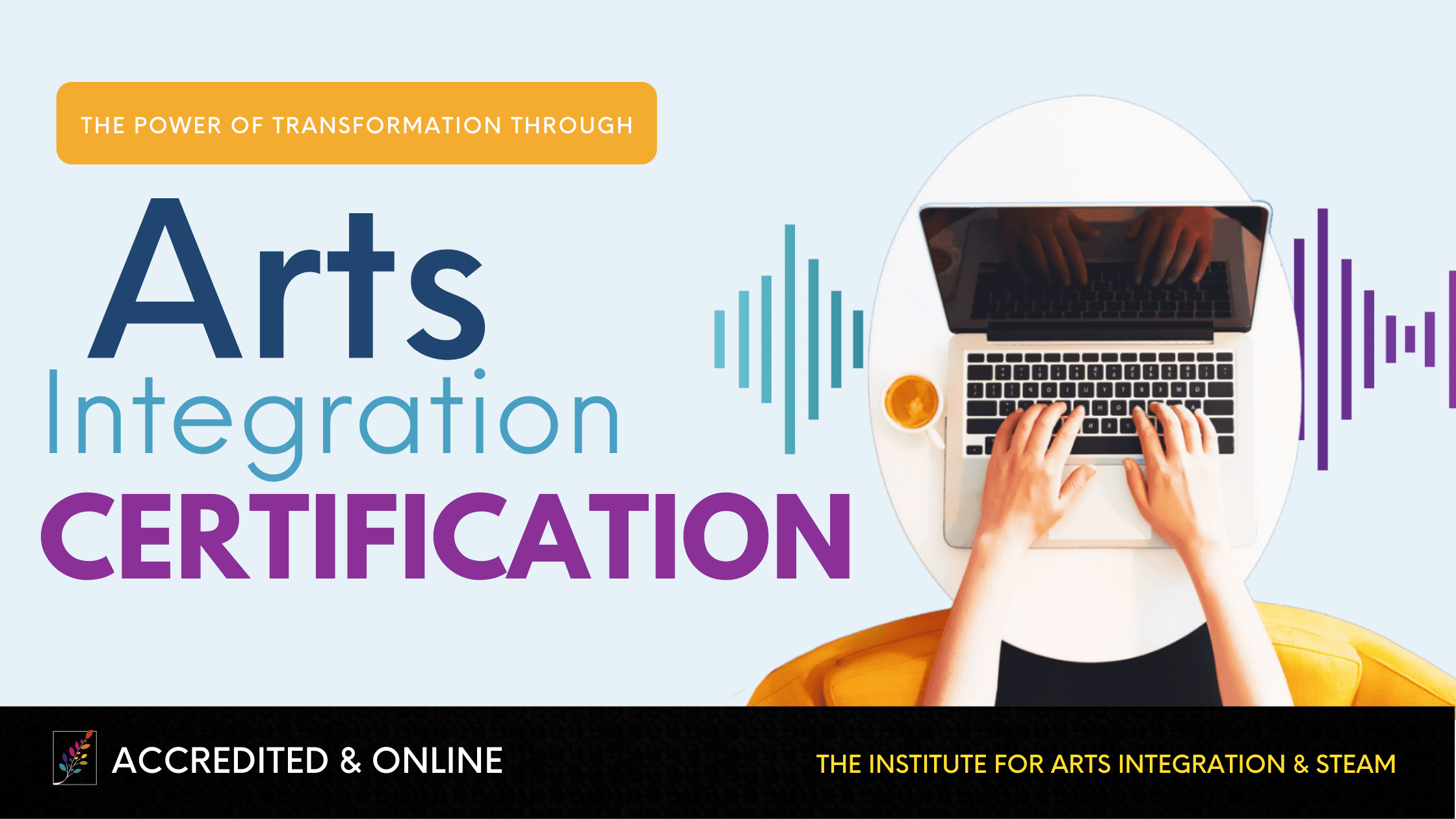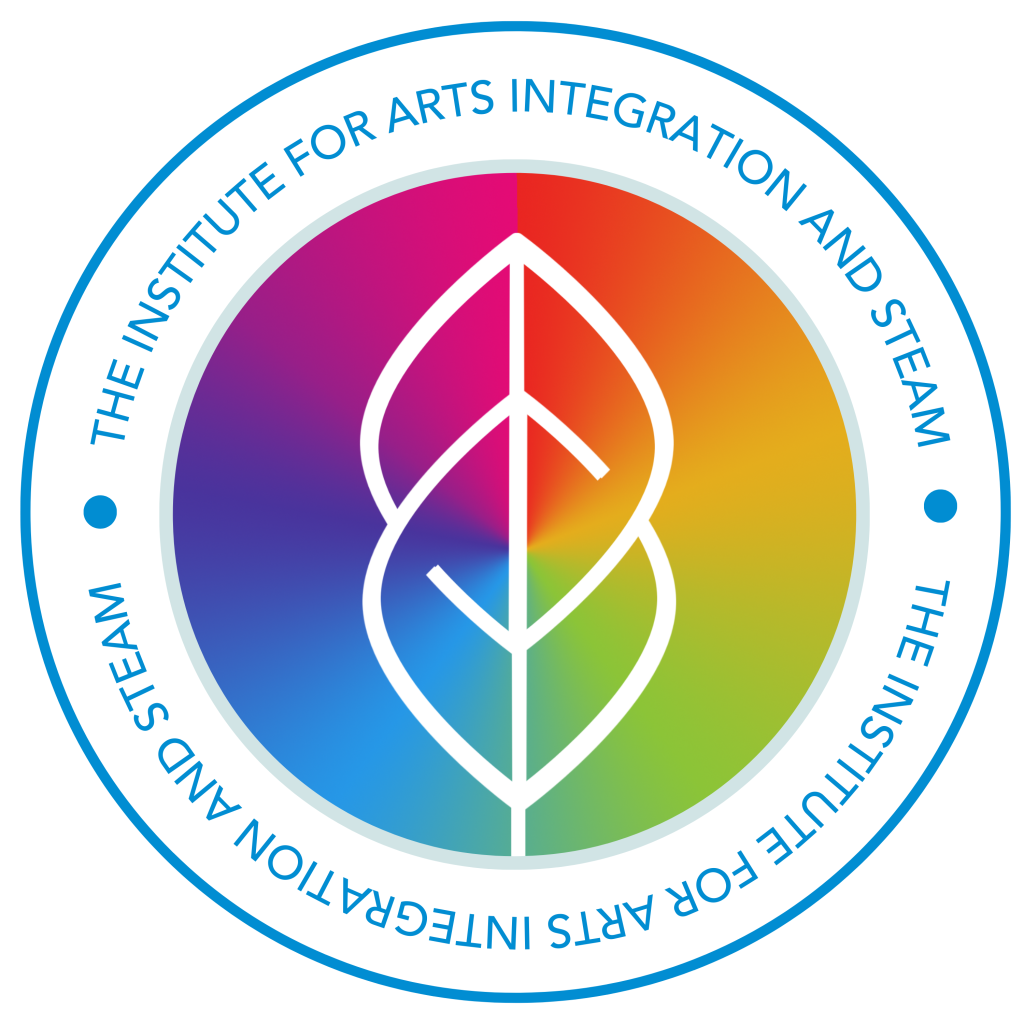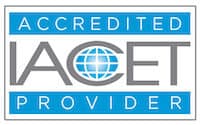Susan Riley | August 2013
Organized Integration
As we're headed into another school year, one of the best practices I engage in is always an organization of my tools and my habits for my classroom. Just as any good artist cleans, takes stock, replaces and organizes tools of their trade, so must we as educators. And when you're looking to integrate across content areas, whether that be through Arts Integration, STEAM, or Project-Based Learning, it's even more critical to have the right tools and practices always at your fingertips. Today, we'll look at some resources and strategies to help you practice organized integration this year. With the power of this approach, you won't become a haphazard chance encounter.
Curriculum Maps
There's not much more that we can say about curriculum maps that we haven't already covered here on EducationCloset. They are our number 1 go-to tool when designing and organizing integrated lessons throughout the year. Curriculum maps act as both a conduit to intentional integration and as a scope-and-sequence of grade-level and content area concepts. If you plan to use Arts Integration this year, you must work on creating a set of curriculum maps.
Integration Stations
Integrating content areas can be messy work. It's hands-on nature leads to the use of many different materials of instruction. It's always a great idea to have these materials stored in a centralized location. This way, everyone in your classroom or school has easy access to these materials. Having an Integration Station can help, by acting as the go-to place for materials, lesson plans, and storage. I recommend storing art supplies, project samples, music selections, speakers/stereo system, instruments, scarves, lesson plans, and even a technology bank (complete with a laptop/iPad, projector, printer, digital camera and even an ELMO of possible) in this one station.
The station could also take on many different forms: you can convert an old closet in the school into the school station. A cart with wheels could become a traveling station. Or, you could have a permanent integration station housed in a space in your classroom. Whatever it is and wherever it lives – create one this year!
Reuse and Recycle
Arts Integration, STEAM and Project-Based learning can be expensive without some good planning. Fortunately, many of the strategies and lessons you plan use recycled materials from home. Or, you can use other reusable classroom materials for these lessons. Set up an Integration Donation box where other teachers or parents can donate scrap paper, scissors, glue, markers, paints, old instruments, paper towel rolls, tissue paper, old dance costumes, and more. Also, you may want to create a set of bins from old milk crates. This organizes the supplies for you and make it an easy drop off for others.
Keep Yourself Organized
Don't forget to keep yourself organized throughout the year. Set up a series of habits that you do each day to help you with that task. Clean up emails on Mondays (organized by folders), straighten and inventory the Integration Station on Tuesdays, save 20 minutes for Curriculum Mapping on Wednesdays. By sketching out time for the little things each day, you'll be much better prepared for the chaos that you'll need to manage once you begin your integrated lessons.
Hopefully, these small tips provide you with some new strategies to help organize your way to successful integration lessons. Do you have any other tips and tricks for keeping organized throughout the year? If so, we'd love to hear them!



